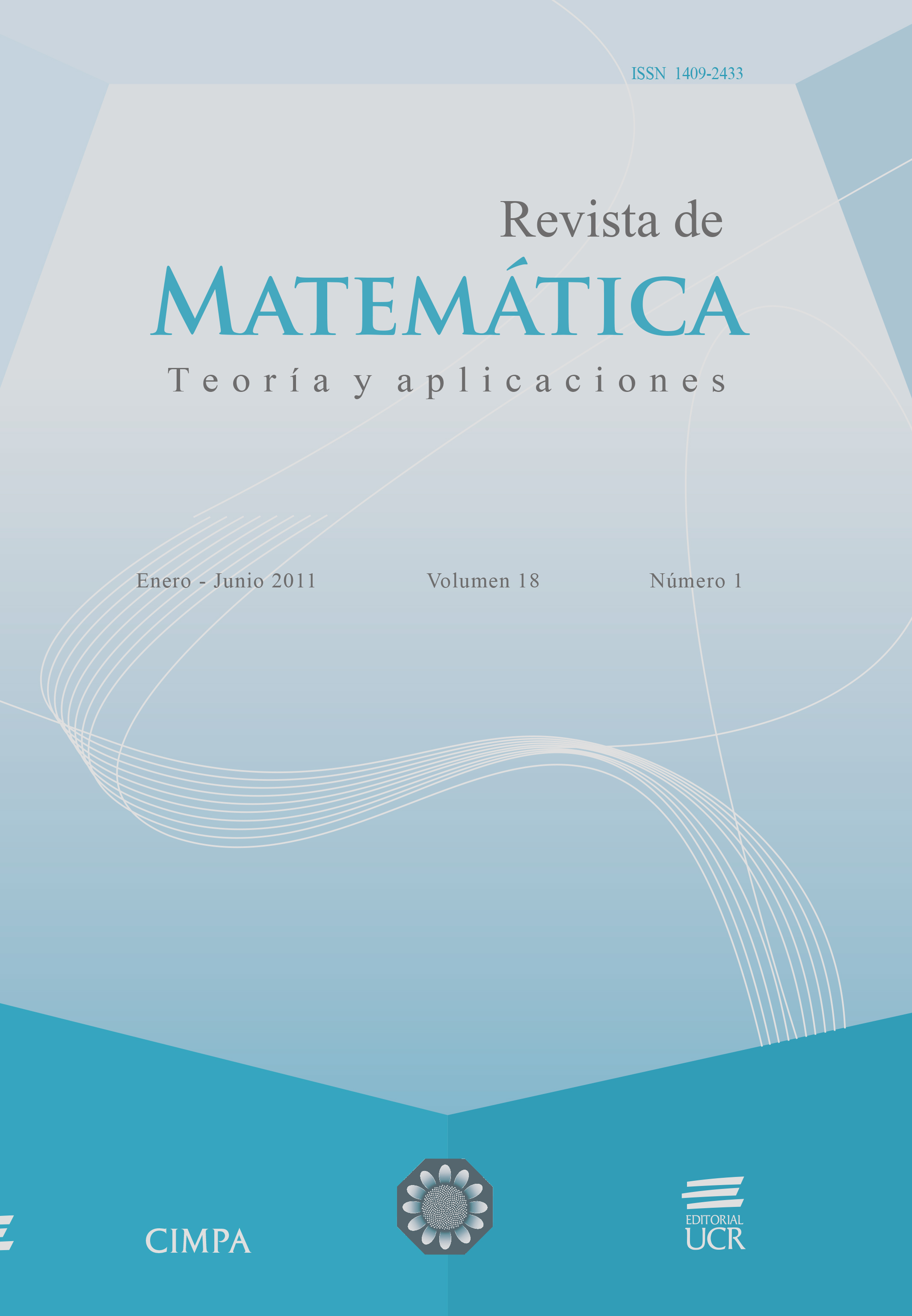Abstract
We consider the problem of obtaining information about the recognition of logical inconsistencies with already imprinted patterns of a subnetwork of a neural network, both cerebral and artificially designed, by means of the measurement of the event related potentials (ERP). One of the subsequent aims, it is the detection of logical inconsistencies of the speech, not purely semantic, but of the recognition of not coherent phrases with a story line. The possibility of the use, with this goal, of ERP obtained of superficially located electrodes on the scalp would be interesting: relevant conclusions would be obtained from a non-invasive method and by means of equipment that is relatively economic, easily transportable and installable. The alternative that we propose is the utilization of Kalman type filters (with necessary modifications). The idea is to deal with the evoked response as a not accessible variable, with a relation (non linear, but locally linealizable) respect to the measurable variable. We study, as guide example, the evolution of a variable that measures, in a neural network of type Hopfield attractors, the adjustment between the conditions of a subnetwork associated with the recognition of some patterns, after a quantity prearranged of iterations.
References
Kalman, R.E. (1960) “A new approach to linear filtering and prediction problems”, Journal of Basic Engineering 82(1): 35–45.
Kalman, R.E.; Bucy, R.S. (1961) “New results in linear filtering and prediction theory”, Journal of Basic Engineering, Maroh.: 95–108.
Núñez-Peña, M.I.; Corral, M.J.; Escera, C. (2004) “Potenciales evocados cerebrales en el contexto de la investigación psicológica: una actualización”, Anuario de Psicoloǵıa 35(1): 3–21.
Gómez, C.; Escera, C.; Cilveti, R.; Polo, M.D.; Dı́az, R.; Portavella, M. (1992) “Localización neuroeléctrica de procesos cognitivos”, Anuario de Psicoloǵıa 54: 77–96.
Gershenfeld, N. (2006) The Nature of Mathematical Modeling. Cambridge University Press, Cambridge.
Linden, D.E.J. (2005) “The P300: where in the brain is it produced and what does it tell us?”, The Neuroscientist Review 11(6): 1073–8584.
Gevins, A.S. (1987) “Correlation analysis”, in A.S. Gevins & A. Remond (Eds.) Methods of Analysis of Brain Electrical and Magnetic Signals, Elsevier, Amsterdam: 355–403.
Coles, Gratton y Fabiani (1990) “Event-related brain potentials”, in J.T. Cacioppo & L.G. Tassinary (Eds.) Principles of Psychophysiology, Cambridge University Press, Cambridge, MA.
Donchin, Ritter y McCallum (1978) “Cognitive pschophysiology, The Endogenous components of the ERP”, in E. Callaway, P. Tuenting & Koslow (Eds.) Brain Event-Related Potentials in Man, Academic Press, New York: 349–441
